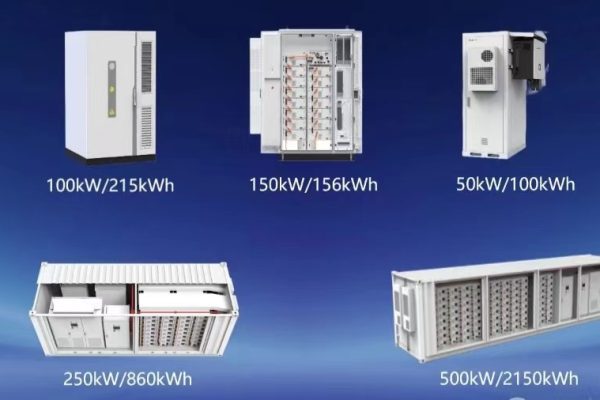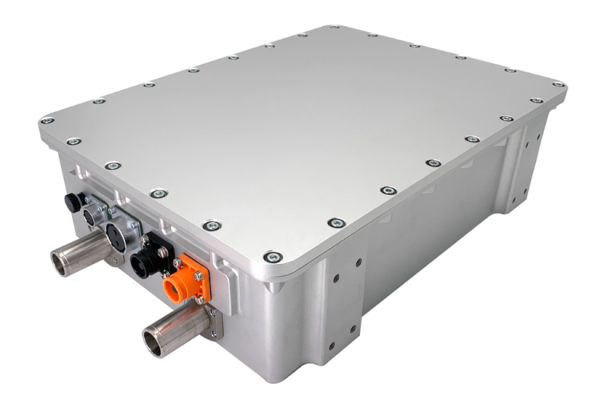Right Pairing Means Better Performance, Longer Life, and Smarter Investment
1. Introduction: Why Joint Sizing Matters
When planning a PV+ESS system, many first-time buyers look at inverters and batteries as separate components. But in reality, these two must work together as one system.
Mismatched sizing can lead to:
- Wasted battery capacity
- Inverter overloading
- Poor backup performance
- Lower energy efficiency
That’s why for small-scale and C&I projects, understanding how to size inverter and battery together is critical.
2. Start with the Application, Not the Product
Sizing begins not with a spec sheet, but with what the system is supposed to do.
Ask key questions:
- Is this a self-consumption system?
- Is backup power a key requirement?
- Is there peak shaving or TOU arbitrage involved?
- Will it be AC-coupled or DC-coupled?
Your answers will drive both inverter and battery selection.
3. Understanding the Inverter Side
| Key Inverter Parameter | What It Means | Why It Matters |
|---|---|---|
| Rated Power (kW) | Max continuous output | Must match peak AC load (or export limits) |
| PV Input Voltage/Current | Solar string design | Affects array configuration |
| Battery Voltage Range | Compatibility with battery pack | Choose matching battery string size |
| Charge/Discharge Power (kW) | How fast battery can charge/discharge | Impacts battery sizing and operation mode |
| AC vs. DC Coupling | Wiring topology | Influences battery/inverter coordination |
A 5kW hybrid inverter doesn’t mean it can handle 5kW battery discharge—it depends on its battery-side power spec.
4. Understanding the Battery Side
| Key Battery Parameter | What It Means | Why It Matters |
|---|---|---|
| Nominal Energy (kWh) | Total stored energy | Determines backup time or arbitrage depth |
| Usable Energy (%) | Real capacity (after DoD) | Usually 90–95% for Li-ion |
| Max Charge/Discharge Power | Instant power handling | Must align with inverter specs |
| Nominal Voltage | Design voltage of battery string | Must fall within inverter voltage window |
| Battery Configuration | Rack? Cabinet? Wall-mounted? | Affects installation layout and cabling |
If your inverter allows 100A charging, but your battery allows only 50A discharge, the system will underperform.
5. Practical Sizing Guidelines
Here’s a practical approach used by experienced integrators:
A. Match battery power (kW) to inverter charge/discharge capability
- If inverter has 5kW battery charge/discharge power → battery should support 5kW continuous output
- Otherwise, battery will bottleneck system operation
B. Balance battery energy (kWh) to match use case
- For daily cycling/self-consumption → 1–2 hours of storage per inverter kW (e.g., 5kW + 5–10kWh)
- For backup → size based on critical load duration
- For peak shaving → model the daily load profile (charging + discharge window)
C. Consider future expansion
If customer may add panels or more battery later:
- Choose an inverter with expandable inputs or parallel capability
- Ensure battery supports modular stacking
6. Real Examples
📌 Residential Case – Self-consumption
- Inverter: 5kW hybrid
- Battery: 10kWh (LiFePO4, 5kW discharge rate)
- Load: ~20kWh/day, PV ~6kWp
→ Good match for daytime solar use + 4–5 hours evening battery coverage
📌 Small Commercial – Backup + Arbitrage
- Inverter: 10kW hybrid (AC-coupled)
- Battery: 30kWh cabinet (10kW discharge, 90% usable)
- Load: Office with ~5kW base load, 10kW peak
→ System provides 3 hours of full backup + peak shaving from 6–9 pm
7. Key Mistakes to Avoid
❌ Choosing battery capacity first and hoping inverter fits
❌ Buying low-voltage battery for high-voltage inverter
❌ Ignoring the battery’s continuous power spec
❌ Overloading inverter with large battery banks (especially in off-grid)
❌ Forgetting charge/discharge limits at low temperatures
Your role as a solution-oriented supplier is to help clients avoid these errors through pre-sale guidance and pre-integration testing.
8. What We Can Offer as a Technical Trade Partner
- ✅ Help clients model daily load curves
- ✅ Recommend right-size inverter/battery combos
- ✅ Verify protocol and voltage compatibility
- ✅ Support cabinet layout and battery rack integration
- ✅ Pre-test battery-inverter communication (CAN/Modbus)
By offering this support, we help clients reduce commissioning risks and gain confidence in system reliability—no in-house R&D required.
9. Recently Published Articles You May Like
- 👉 Why BMS/EMS Integration Is Critical in Commercial ESS
- 👉 Case Study: 5kWh + 3kW Hybrid Inverter for Rural Home
- 👉 Troubleshooting Common Inverter Failures in Field Applications
10. Final Thoughts
Sizing inverter and battery isn’t about picking the biggest number from each category—it’s about harmonizing the system for the specific use case.
As a technical partner, your ability to help clients choose the right combination of inverter and battery is where you create value beyond just price.
If you’re supporting small-scale projects, especially in rural, residential, or SME settings, this approach to sizing will help you deliver real-world results that build trust and long-term relationships.









